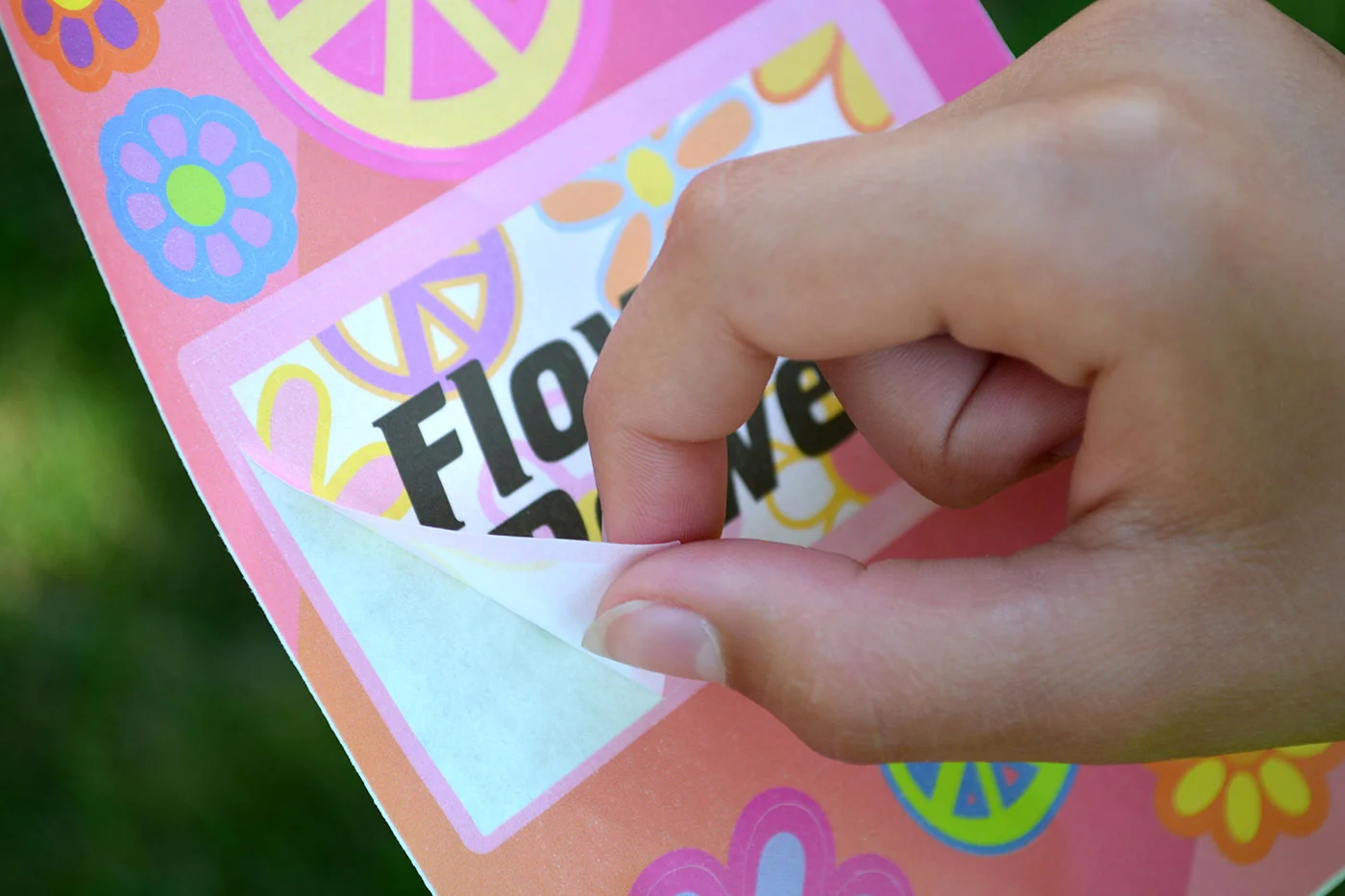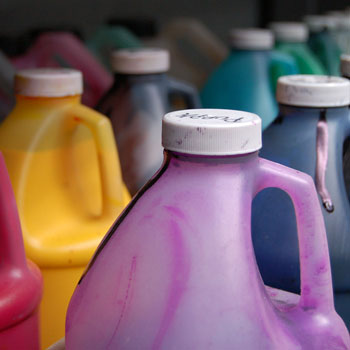Color choice is an extremely important marketing decision for virtually any brand. The colors chosen for branded logos have a direct psychological impact on potential customers, so taking the time to select the optimal color scheme for branded imagery can have a direct impact on a company’s bottom line. Every color has a meaning and a personality behind it. Leveraging these facets in branded imagery can have a massive effect when it comes to customer engagement, attracting new business, and standing out in a specific market.
Meanings Behind Different Colors
Most companies choose branded color schemes of only one or two colors. More than two colors can look busy, but that doesn’t mean it cannot work. Consider the logos of major companies like Google, eBay, NBC, and Microsoft for great examples of how multicolor branded palettes can work. However, most companies find the best results with one or two colors for their logos and other branded marketing materials.
Consider the meanings behind different colors:
Red evokes feelings of urgency, danger, passion, and energy.
Yellow is a calmer color that also translates to high-energy and positivity.
Orange blends the effects of red and yellow, extolling fun and youthfulness.
Green can convey wealth and prestige, but also natural beauty and serenity.
Blue tends to convey reliability, wisdom, and responsibility.
Purple often correlates with luxury and high quality, but also nostalgia and spirituality.
Brown conveys durability, natural simplicity, and earthiness.
Black can send a message of high quality, luxury, professionalism, and sophistication.
White conveys feelings of cleanliness, purity, and softness.
Once there is a firm understanding of the meanings behind different colors, it should be decided what aspects of the company culture, brand values, and core concepts will be conveyed to the market base through the branded imagery. In the end, the colors that are selected should resonate the most with the company’s culture and values.
RELATED ARTICLE: How to Use Color Psychology in Your Favor
Determine the Colors That Resonate With Company Values
Once the implications of different color options are understood, brand owners should start asking a few important questions to determine the ideal color scheme:
Does the brand tend to convey a more masculine or feminine image?
Does the brand appeal to a younger or older consumer base?
What timeframe does the brand resonate with the most? Is it a classic or modern brand?
Is the brand message loud and energetic or more subdued and sophisticated?
Does the brand image convey luxury and high class or affordability?
What is the tone of the branded messaging? Is it something playful or something more serious?
These questions can help businesses determine the ideal color schemes for their brands. Of course, the best color palette will not have the desired results without reliable and effective printing services.
If you’re interested in applying your branded color palette to your product packaging with the most reliable, sustainable, and highest-quality printing services available, reach out to Century Label today to learn more about our color management and custom label printing services for your business.








